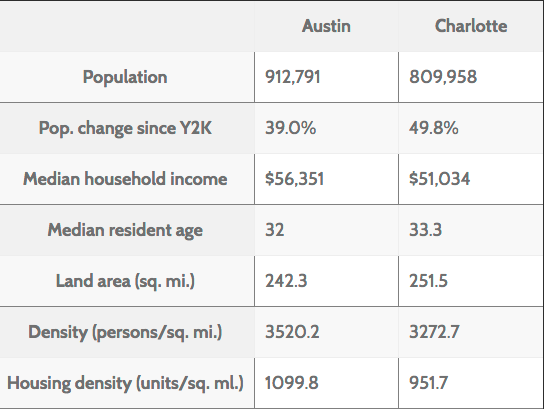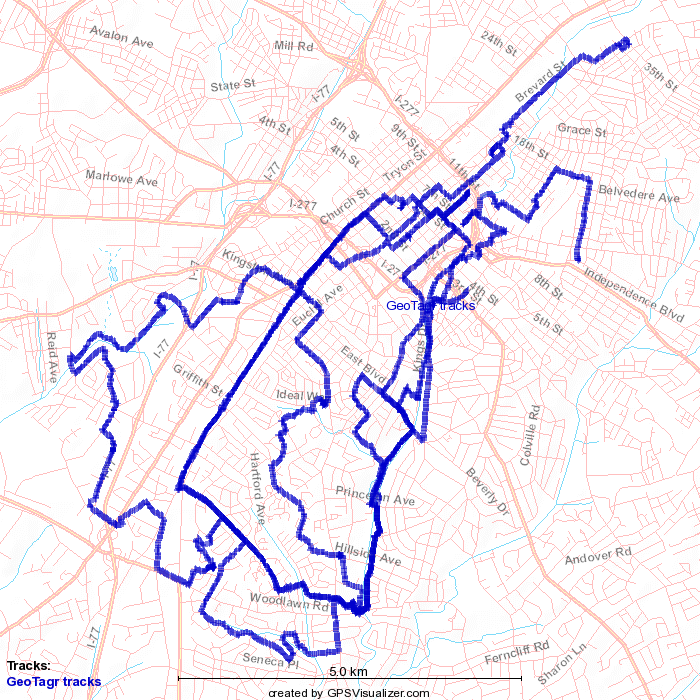Comparing cities
A question I’m trying to answer is, why are utility cycling rates higher in some U.S. cities than others? It’s tricky to investigate for a number of reasons. The first is simple: Our data sucks. The second is complex: It’s just a difficult question. Utility cycling rates are driven by countless factors: the density and nature of the built environment, the character of the street network, weather, demographics, socioeconomic status, culture, and more. Each city has its own unique combination of these factors; extracting causal relationships from the paltry data is quite challenging.






